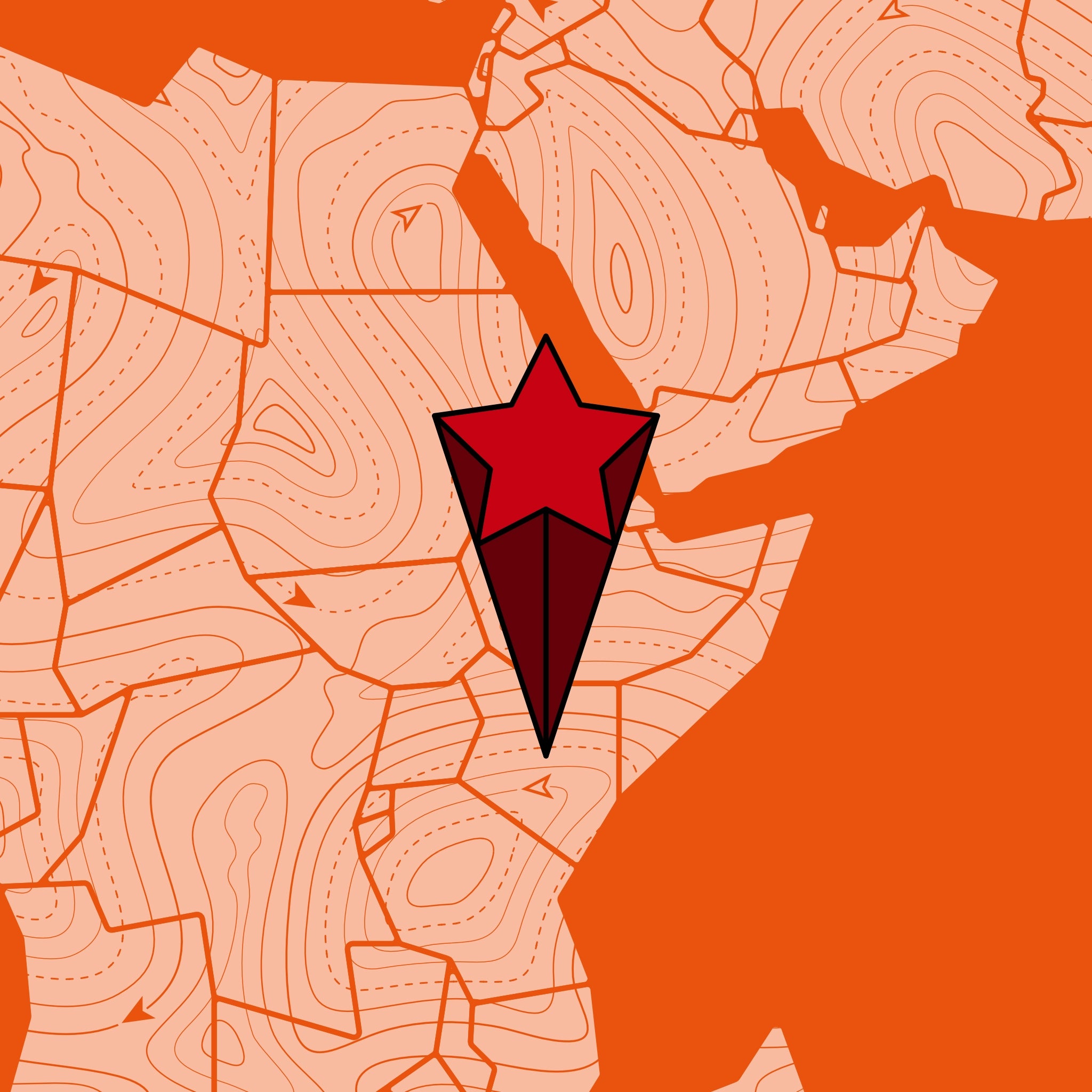


1
/
4
Kenya Karuthi AB
£10.95
Tasting notes

Blackcurrant

Jammy

Ruby Grapefruit
A beautiful coffee from one of Kenya’s most famous producing regions, nestled between the Great Rift Valley and the western slopes of Mt. Kenya.
Select quantity:
Free delivery on all orders over £25
Subscribe and save 10% with a Single Origin Coffee Subscription
- Try a new single origin coffee every month.
- Save 10% on recurring plans.
- Free shipping on all orders.
- No commitment. Pause, swap, skip, or cancel at any time.
Coffee Information
Story
Country Snapshot
Sustainability
Shipping
